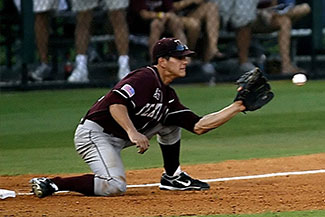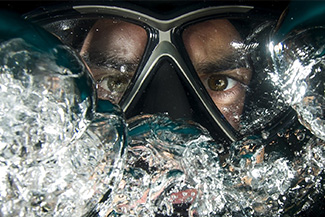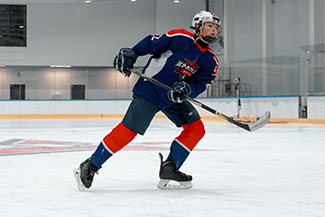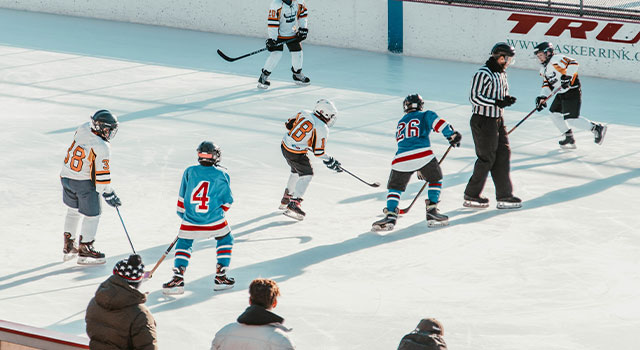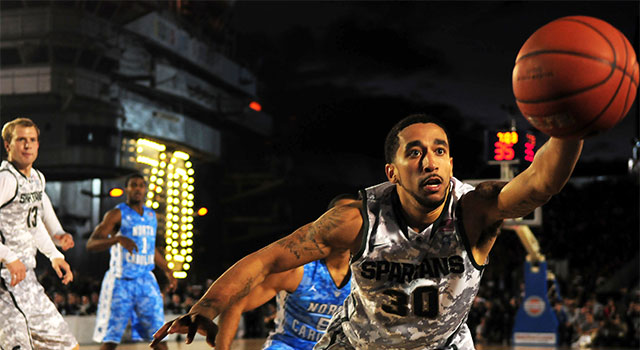
Sports Vision Testing
It takes way more than physical strength and speed to be at the top of your game. Whether you play soccer, hockey, basketball, football, baseball or any other sport, you need excellent visual skills to excel.
Sports Vision Training, a form of vision therapy, is an individually prescribed and monitored exercise program aimed at developing specific visual skills and processing in athletes of all ages. These personalized exercises retrain the brain to effectively interact with the eyes and improve visual functioning. Sports vision training involves close monitoring and follow-up appointments to ensure steady improvement.
However, prior to prescribing a tailored sports vision training program, Dr. Marcy Rose will administer testing to determine your level of functional vision, and regularly assess your progress.
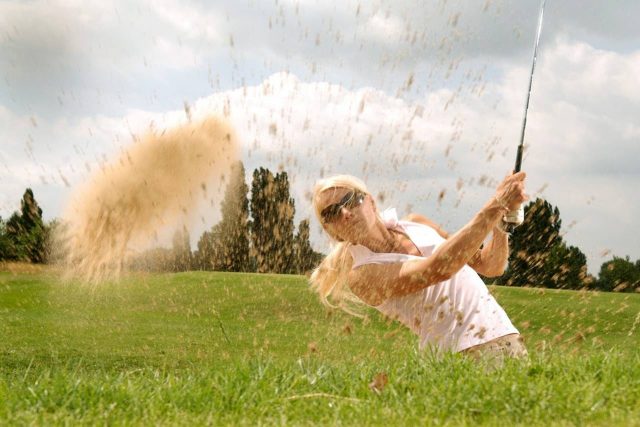 Why Is Sports Vision Training Important?
Why Is Sports Vision Training Important?
A player’s ability to track and predict is what distinguishes a talented player from an extraordinary one.
No matter the game or position, an athlete’s core skills come down to how quickly and accurately he or she visually interprets and reacts to the play in real-time. Making the right decision in a fraction of a second is what sets pro athletes apart.
A study by the University of Cincinnati showed that batting improved by 10% across all tracked parameters after only 6 weeks of sports vision training.
The Different Types of Sports Vision Tests
Below are the tests an athlete might undergo. These vision tests vary greatly, and depend largely on the athlete’s specific needs.
Visual Acuity Test
The Snellen Eye Chart is the most common vision test used to verify visual acuity and to check for conditions like myopia (nearsightedness). It involves identifying letters on a chart. With each response, the lines decrease in size until you are no longer able to correctly identify them.
Athletes found to have poor visual acuity are typically fitted with shatter-proof eyeglasses or contact lenses to improve visual acuity. It is surprisingly common to find an undetected refractive error in struggling athletes.
Contrast Sensitivity Tests
Contrast sensitivity refers to the ability to distinguish an object against a similar background, such as a baseball against a cloud-filled sky. Several tests assess contrast sensitivity. One asks patients to identify parallel gray stripes against a colored background that gradually changes to match the shade of the stripes.
Eye Tracking Tests
To be successful, an athlete must be able to quickly and accurately locate landmarks and follow moving objects, such as a ball. There are several high-tech methods to assess and train the eyes to better track moving objects. One trains your eyes to follow motion on a computer screen. By assessing gaze videos from training sessions, Dr. Marcy Rose can immediately detect your eye movements, or a lack thereof, and adapt your vision training accordingly.
Eye Dominance Tests
Most people have a dominant eye. Identifying it will allow you to perform better while carrying out various activities, such as archery, golf, and even target shooting. A popular eye dominance test is the Miles Test, which involves forming a triangle with your fingers and framing a spot while you look through it using both eyes. By alternating between one eye and the other, you can identify your dominant eye as the one that maintains a solid view of the framed object.
A more formal method of determining eye dominance is the Dolman Test. Dr. Marcy Rose will instruct you to keep both eyes focused on an object as it moves closer, and once one of the eyes loses focus, it signals that the other eye is dominant.
Depth Perception Measurements
By increasing and stabilizing binocular depth perception (also called 3D vision), players can improve their passes, shots, and spatial judgment. Athletes have to quickly and accurately approximate the distance between themselves and the ball, puck, or other moving object, their opponents, teammates and the field’s boundaries. If athletes frequently misestimate the distance to their target, this may reveal poor depth perception.
Undergoing a comprehensive eye exam is the first step to fully assess this visual skill.
Visual Processing Speed and Hand-Eye Coordination Tests
Top athletes rely on their ability to see and react quickly to moving objects — essential for baseball, soccer, tennis, basketball, among other sports.
Certain tests can assess how quickly you react when first seeing an object. Other tests can measure your reaction speed when catching a falling object.
Eye Teaming Tests
Do your eyes aim, move, and work as a team? Rapidly moving binocular vision with coordinated eye movements and eye tracking skills are critical for a top-performing athlete. When eye teaming is compromised, it hinders physical coordination in sports, play and other daily activities.
The Saladin Near Point Balance Card measures how well your eyes work together to achieve near vision focus at varying distances.
How Testing Helps With Sports Vision Training
Depending on your sport and your testing results, you may require vision training in specific areas to improve your vision skills and your sports performance.
Certain tests may even be used as training tools, such as computer simulations that help batters anticipate when and where a fastball or a curveball will be located, and training them to respond accordingly.
Contact Dr. Marcy Rose today to optimize, correct, and enhance your visual skills so you can become the athlete you know you can be!
Our practice serves patients from Westminster, Broomfield, Thornton, and the Front Range, Colorado and surrounding communities.
